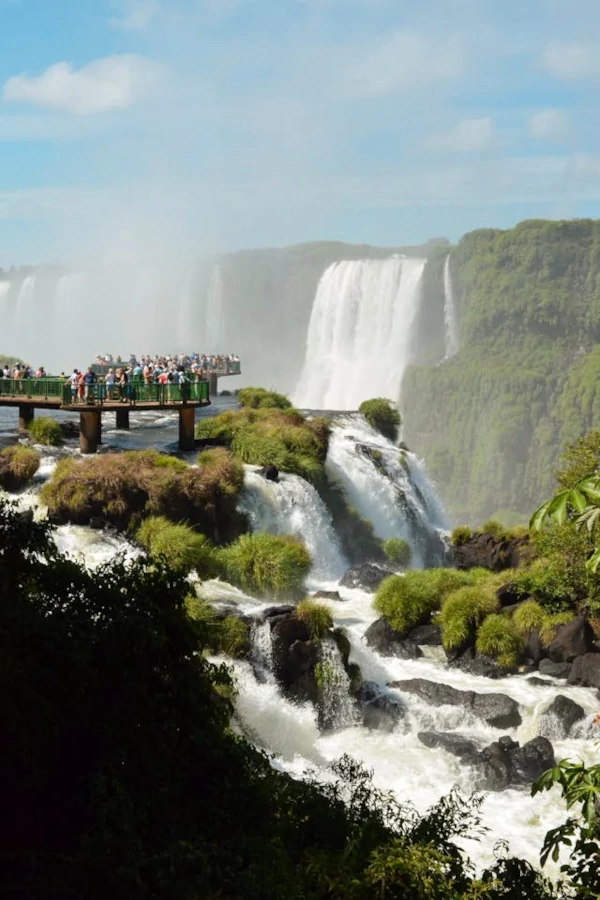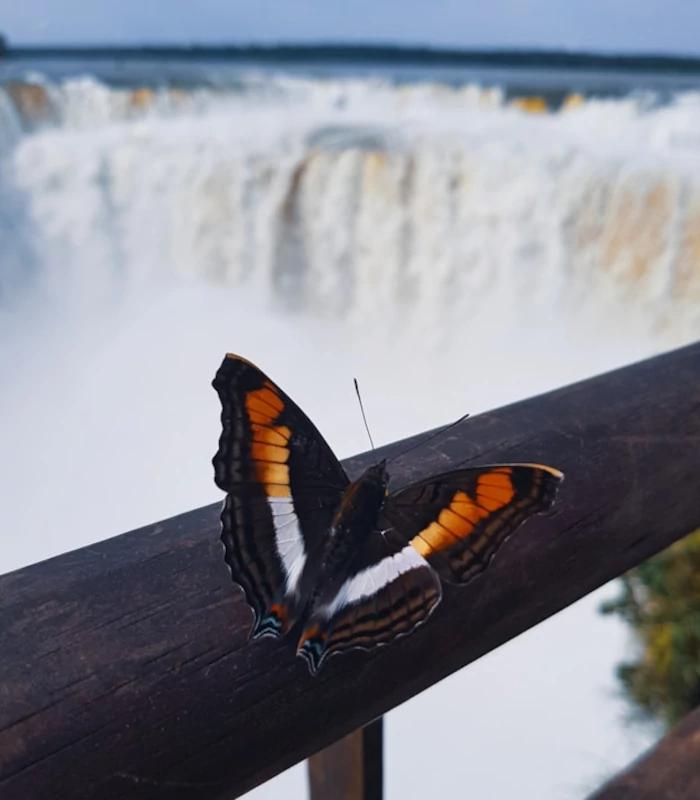Beyond the waterfalls, Iguazú National Park is a haven for biodiversity, harboring an array of plant and animal species within its protected boundaries. The park's diverse ecosystems support a rich variety of wildlife, including colorful birds, coatis, and jaguars. Guided tours and boat rides provide opportunities to observe the park's flora and fauna up close while learning about the importance of conservation and sustainable tourism in preserving this natural treasure for future generations.
In addition to its natural beauty and biodiversity, Iguazú National Park offers visitors a range of recreational activities and amenities to enhance their experience. From eco-friendly accommodations and interpretive centers to adrenaline-pumping adventure sports like ziplining and river rafting, the park caters to travelers of all interests and ages. Whether marveling at the thundering waterfalls, exploring the jungle trails, or simply soaking in the serenity of nature, a visit to Iguazú National Park is sure to leave a lasting impression and inspire a deeper appreciation for the wonders of the natural world.








